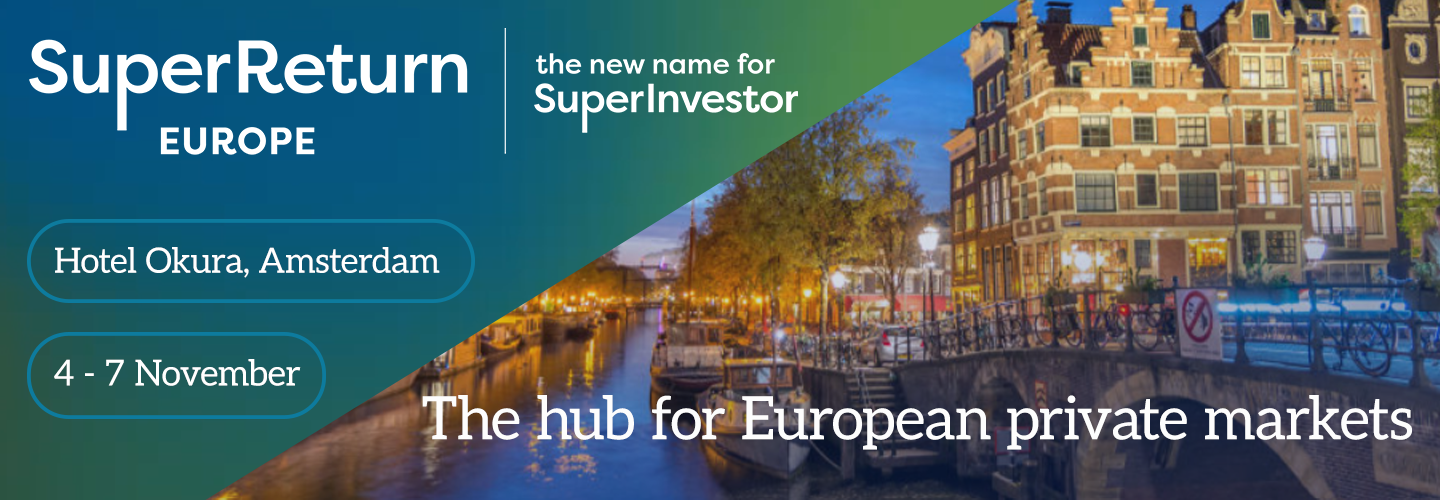Secondaries’ coming of age moment: A market-defining opportunity

Step into the world of private equity with Marie-Victoire Rozé, Deputy Co-Head Secondaries & Primaries at Ardian, as she unveils the secrets behind the record-breaking growth of the secondaries market. In this exclusive Q&A ahead of SuperReturn Europe, Rozé shares how Ardian is redefining the game with bold strategies, global reach, and unmatched expertise. Discover the key trends, challenges, and opportunities shaping the future of private equity - and why this year’s SuperReturn Europe is the event you can’t afford to miss!
- How would you characterise the current deal flow?
Deal flow
From our perspective, Deal flow is abundant and is currently at a record level. 2024 marked an all-time high for the secondary market, with global deal volume surpassing $170bn – a clear sign of the market’s maturity and relevance. This is significantly up on the $114bn transacted in 2023 and four times higher than volumes ten years ago. With more than $100bn of secondary volume in H1 2025, we could be in line for yet another record year.
This deal flow is driven by persistent overallocation issues for many LPs, desire to accelerate DPI from both LPs and GPs, and portfolio arbitrage. It’s also interesting to see new motivations, for example from some sellers being driven by policy pressures.
Sellers
On the LP-led side of things we’re seeing a good mix of both repeat and first-time sellers.
The repeat sellers are typically LPs that are using the secondary market in a programmatic manner, as a dynamic tool to actively manage their portfolio.
Meanwhile, first-time investors have a mix of reasons for entering the secondaries market. Some need to manage overallocations or liquidity constraints, whereas in other cases, they’re simply investors who are becoming more convinced of the benefits and feasibility of participating in secondary deals, again to be more proactive in their portfolio management. This growth of first-time sellers is really encouraging to see and we expect today’s first-time sellers to become the repeat sellers of tomorrow, driving further growth in deal flow.
When it comes to GP-led, we continue to see a good balance between multi assets and single asset (56% and 44%, respectively in H1 25). Interestingly, we’re seeing a broader set of GPs using this tool, and the mid cap space is becoming increasingly active.
2. What are the key dynamics in the secondary market?
In our view, there are two key dynamics in the market right now.
As mentioned, on one hand, we’re seeing a high volume of deals at record levels. On the other hand, the competitive landscape at the higher end of the market continues to be fairly restricted in terms of the number of large secondary players. The upper end of the market has been dominated mostly by the same names for the last ten years, largely because there’s such high barriers to entry – in terms of fund size, team capacity, and the need for deep, existing GP relationships. These GP relationships in particular are essential, as so much key information isn’t publicly available, but they take years to build.
The combination of dynamics shows that the market continues to be undercapitalized despite recent successful fundraising, making the buying opportunity interesting. In practice, this means we can be very selective and negotiate interesting terms with sellers, to ultimately find win-win solutions for both parties.
3. How does Ardian differentiate in this market?
First, we have a fully integrated approach. Our team operates on a globally integrated basis, covering both primary and secondary activities. We are organized by GP relationships and by geography, an approach which enables us to leverage most effectively the relationships we’ve developed and the knowledge we’ve gathered from both activities. This is key in terms of accessing the information we need, and for positioning ourselves as partners for the long term.
Another key differentiating factor is our local presence. Our investment team sits in 14 various offices across the globe, which allows us to be close to LP and GP communities locally and to build connectivity. We see this as a major advantage.
Size is another important factor. We recently raised a very large platform of $30 billion, which positions us as the partner of choice for large LPs or sellers more broadly who are looking for liquidity solutions for sizable portfolios. Generally speaking, we think scale, relationships and information matter a lot in this market.
4. What lessons can you draw from previous volatile market environments?
Having operated in the secondaries market for over two decades, we have significant experience navigating volatile market cycles, and we’ve seen how the secondary market can be a crucial provider of liquidity in every market phase.
What we have learned from previous periods of volatility and uncertainty is that focusing on quality is essential, in terms of both the companies and the GPs you invest in. This is the key to building downside protection.
We believe that even in difficult times, the best assets – the leaders in their market with best class managements teams – will attract the most appetite from buyers and will ultimately generate returns and liquidity.
Buying what you know, keeping a regular dialogue with the GPs, and being in constant due diligence has also been key throughout our journey, in all cycles.
